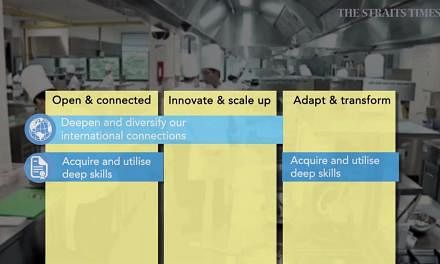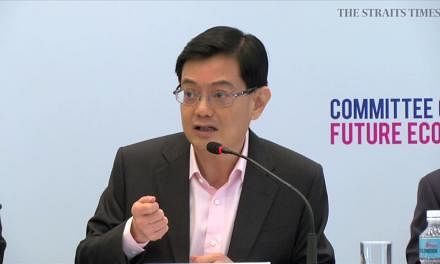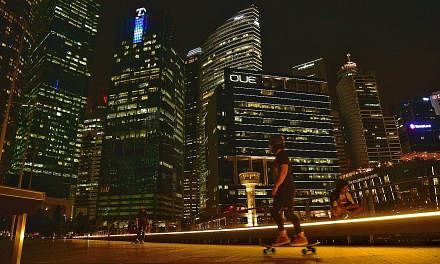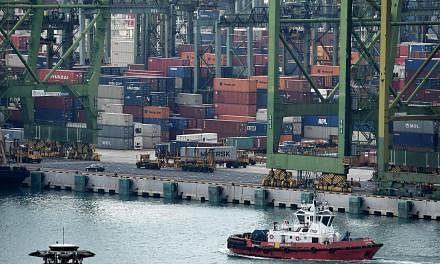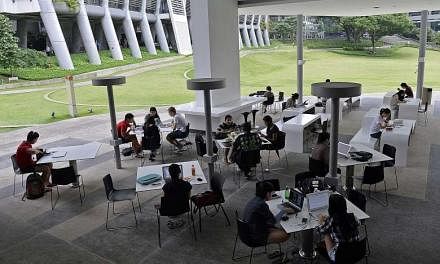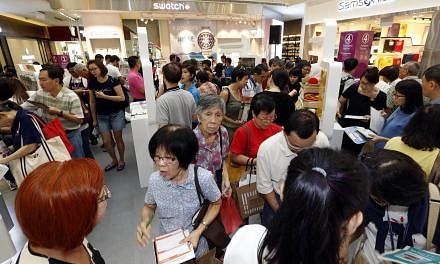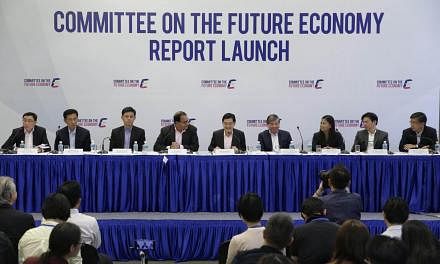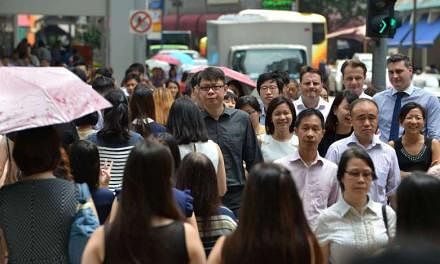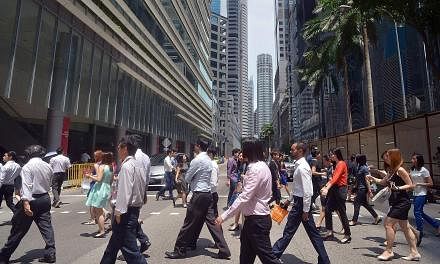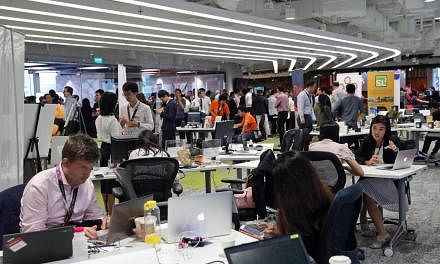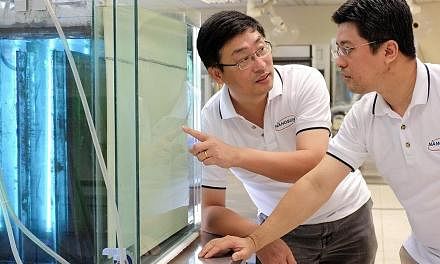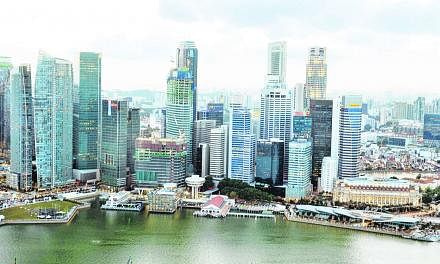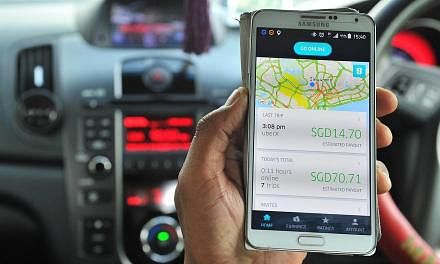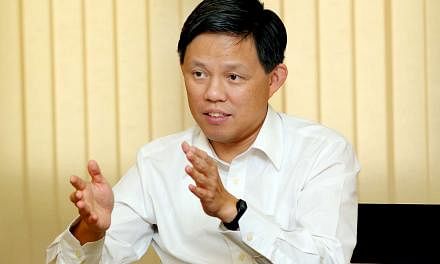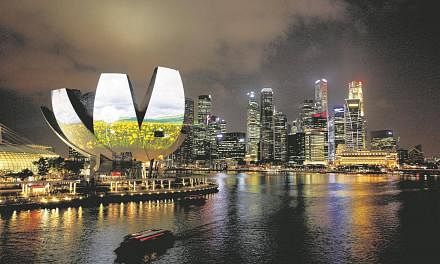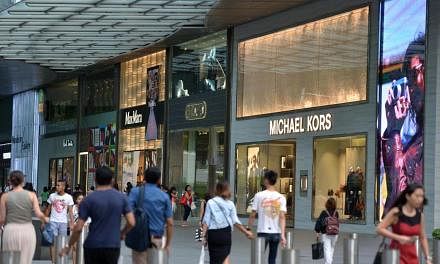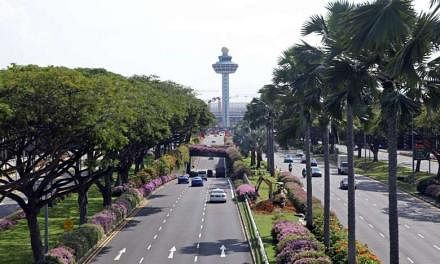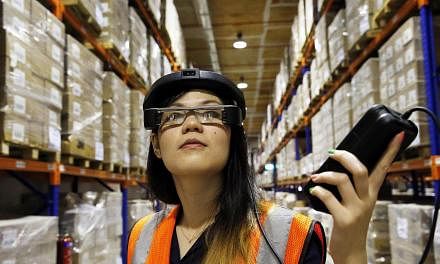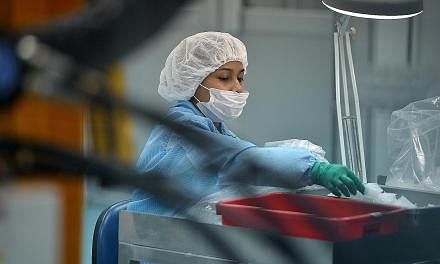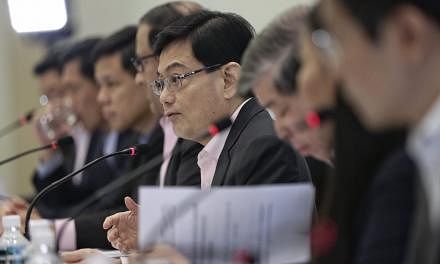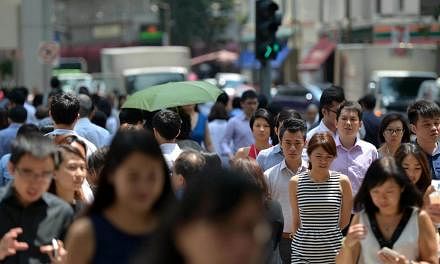The wide-ranging report of the Committee on the Future Economy (CFE) last week is hard to summarise in a word.
Ambitious? Bold? Comprehensive? Overly general?
A former colleague felt "defiant" best captures the tone of the report.
Given the backlash against globalisation and free trade over the past year that formed the backdrop of the committee's deliberations, and the rapid pace at which disruption is upending old ways and threatening jobs, he has a point.
Top of the CFE's list of seven strategies to guide Singapore in the next 10 years is its call to deepen and diversify international connections in the face of a strong pushback against globalisation worldwide.
This means Singapore should go against the prevailing mood and press on with efforts to lower barriers to trade.

While the Trans-Pacific Partnership may have been scuttled after United States President Donald Trump pulled out of the deal, Singapore should work to strengthen integration in the region through the Asean Economic Community (AEC) and the Asean-led Regional Comprehensive Economic Partnership(RCEP), the committee recommended.
While the AEC was launched in 2015, it remains unclear when the RCEP will be concluded even though members have declared - and missed - target dates to reach an agreement.
The odds aren't quite in Singapore's favour on the trade liberalisation front.
As the CFE noted, the world saw a "dark shift in mood away from globalisation" last year.
"It no longer seems certain we are on an inexorable course towards greater globalisation, stronger multilateral institutions and a more connected world. Instead, we saw nativist politics and protectionist economics growing in strength and influence in Europe and the US," it said.
"The anti-globalisation trend will undermine international trade, hurting all economies, but particularly small open ones like Singapore, with two-thirds of our gross domestic product generated by external demand."
The committee's response?
"The strategic imperative for free and open markets remains as important as ever, for Singapore and the global economy. The free movement of goods, services and investments enables efficient specialisation and rising living standards around the world," it said.
"Given the current sentiments against globalisation, we must not only resist protectionism but forge ahead to deepen linkages with our overseas partners and seek opportunities in new markets."
The CFE also called on officials, businesses and individuals to build strong ties with counterparts in the region and beyond and deepen links to global innovation and technology networks to harness new ideas.
This dogged commitment to open trade has been key to Singapore's relevance all these years.
But it did not start 50 years ago when Singapore gained independence, or when Stamford Raffles founded modern Singapore in 1819.
Singapore's record of staying open to the world dates back much earlier, to the 13th and 14th centuries.
Based on archaeological findings, we already know with a fair degree of certainty that as far back as the 1300s, Singapore was part of a network of port cities in the region and involved in trade and the processing of imported raw materials.
Last month, a report published by the Nalanda-Sriwijaya Centre Archaeology Unit of the ISEAS - Yusof Ishak Institute shed further light on how vibrant and connected a city Singapore was at the time.
The report by Mr Lim Chen Sian was based on findings from archaeological investigations at and near the site where National Gallery Singapore now stands.
Findings from the site include large amounts of Chinese stoneware shards, locally or regionally produced earthenware pottery, high-fired Chinese glazed porcelain, and metals such as Chinese copper coins and fishing hooks.
These unique artefacts highlight the island's connections to the wider region and its diverse religious traditions.
Among them: a fragment of crumpled gold foil akin to those found in Java and employed for ritual dedication or incantation, a ceramic shard depicting the face of Chinese warrior deity Guan Gong, and a sizeable fragment of porcelain statuary of what appears to be the torso of the Bodhisattva Avalokitesvara.
Other findings highlight what would have been advanced manufacturing technology for that time period - like glassware, which was relatively unknown except in a few locations in the region. Earlier digs at Fort Canning, where the elite of that era lived, suggest a glass-recycling workshop had existed here then.
"Evidence indicates local craftsmen were remelting, reshaping and remoulding imported glass (possibly from China and other Asian manufactories)," the Archaeology Unit report noted.
Might there have been signs of an active construction or culinary sector? A prominent deposit was a sizeable cache of shells and coral - possibly gathered "to extract calcium carbonate for lime working, or perhaps for some culinary broth".
That iteration of Singapore had a heyday of some 100 years, but its fate was tied to the actions of larger powers in the region and beyond.
After an attack from the Majapahit Empire, it fell into decline and Malacca grew in significance.
But from its early days, another factor has remained important for Singapore as a port city.
That is, the need for enterprise, and the smarts to find new ways of growth and innovation to survive.
As Minister for Education (Higher Education and Skills) Ong Ye Kung noted at a conference on the future economy last month, to be a thriving economic hub is a precious natural advantage Singapore has because of its geography.
"We were not just a sleepy fishing village before our founding in 1819. We had been a vibrant emporium," he said, noting the island's location astride the Malacca Strait, which carries a quarter of the world's trade.
"Because of that, enterprising people from the immediate region, Middle East, China, India and Europeans came to our shores and form the diverse population we have today."
Mr Ong added: "Enterprise is in our blood and DNA. We will have to build upon it further - to make our system more capable, more productive, and more enterprising."
It was on that foundation of trade that Singapore developed its transshipment hub, seaport and airport.
In turn, it grew industries such as manufacturing, financial services, tourism and logistics.
These sectors are today part of a web of mutual interdependence, creating jobs that rely on a benign global environment.
Amid the subdued outlook in the United States and Europe, Singapore's immediate region is a bright spot for growth - a point noted by the CFE.
From joint industrial parks to growth sectors like information technology, logistics and healthcare, officials from the region are keen to work with Singapore businesses and businessmen to tap their know-how and skills.
Many cities in South-east Asia are keen to learn from Singapore's development experience.
The growing number of Asean residents travelling around the region and trading across it is a sign that the countries of the region are keen to work closer together at a time when calls for closing borders gain ground in Europe.
Singaporeans and Singapore businesses should take advantage of this favourable climate to get to know their neighbourhood better and deepen their links abroad, and in doing so, show that overall, working together creates rather than costs jobs.
And they should seize the opportunity to do so soon, and find like-minded partners in remaining defiant and resisting the turn against globalisation.


